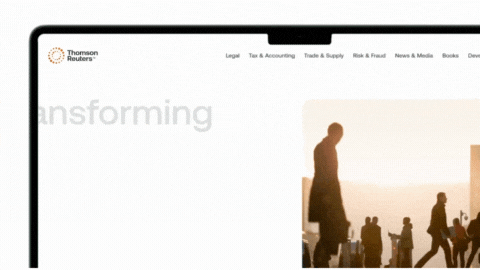One of the hottest topics for in-house lawyers over the past year or so is the advent of generative AI. It is likely to be a game-changer for in-house legal departments in terms of productivity and cost reduction.
It will also, probably, cause its share of headaches. One of those headaches arises because Generative AI (GenAI) is constantly evolving, improving, and changing. The pace of change is breathless, and can be a challenge for legal departments to focus on the highest and best use of the technology. It can be overwhelming, but it would be a mistake to ignore it because of that. There is an incredible array of highly valuable tasks you can perform with GenAI if you can cut through the clutter and make sense of what this tool can do.
What is GenAI
It’s possible that you haven’t heard of generative AI or of the wide array of different versions available today. Regardless of what version you use, GenAI is just a chatbot. A really powerful chatbot, however, and one that allows for incredibly humanlike “conversations” and drafting. GenAI “listens” and learns, powered by a large-scale language model, and trained on a massive amount of textual data. It interacts with you in a dialogue format, not a list of links, which allows you to ask follow-up questions – and cut and paste the text into your own work product. And remember that not all GenAI tools are equal: some are made for general consumer use, and are often free, while others are trained by experts on specific datasets, such as AI legal assistants, and have “guardrails” around the kinds of answers they deliver. Make sure that whichever product you choose is reliable and fits your business needs properly.
 |
How do I use it?
Once you sign up for your version of generative AI, everything starts with prompts. Prompts are questions, instructions, or requests that you type into the GenAI tool to trigger the process. The more detailed the prompt, the better the results. So, learning how to draft prompts is an essential skill for in-house lawyers and one that each should master now. By using prompts, you can make multiple requests as part of one prompt or ask for a refinement of the results by entering another prompt once your GenAI tool has returned an answer or document. Here are the keys to drafting good prompts:
- Draft clean and concise prompts that set out specific tasks or questions. Use simple language.
- Give it a persona. Ask the tool to take on a certain point of view. For example, you are a lawyer, you are the CFO, you are a judge, you are a businessperson. This helps the tool understand the context of your request.
- Tell it what you want, an email, a summary, a presentation, bullet points, a checklist, etc. You can ask it to create one or all of these.
- Give it context such as factual background, purpose, scope, tone, etc. The more background and context, the better the results.
- Follow-up with new prompts until you get what you want. You can keep asking your generative AI tool to refine results, change results, create different documents with different viewpoints, and more.
In general, think about GenAI like an eager intern. You must brief it, give additional information, ask clarifying questions, and likely fix the work product. It might hit some home runs, but usually a bunch of singles and doubles. And, on occasion, it strikes out (just like everyone does).
 |
If you are a subscriber of Westlaw or Practical Law, AI tools are built-in, and you can get the advantage of curated data and cutting-edge AI technology to help you and the legal department save time and money. It all starts with identifying and mastering a handful of critical skills.








